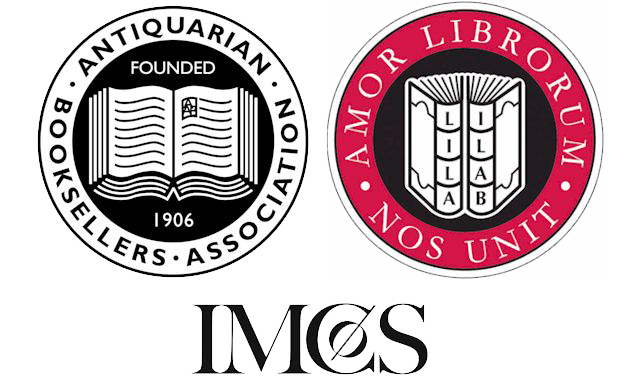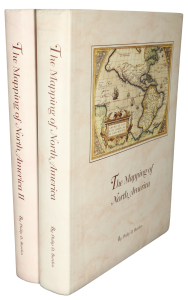Rare Maps and Prints
- World & Celestial
- North America
- West Indies, South & Central America
- British Isles
- British Isles
- English counties
- Large-scale
- Bedfordshire
- Berkshire
- Buckinghamshire
- Cambridgeshire
- Cheshire
- Cornwall
- Cumberland
- Derbyshire
- Devon
- Dorset
- Durham
- Essex
- Gloucestershire
- Hampshire
- Herefordshire
- Hertfordshire
- Huntingdonshire
- Islands
- Kent
- Lancashire
- Leicestershire
- Lincolnshire
- Middlesex
- Norfolk
- Northamptonshire
- Northumberland
- Nottinghamshire
- Oxfordshire
- Rutland
- Shropshire
- Somerset
- Staffordshire
- Suffolk
- Surrey
- Sussex
- Warwickshire
- Westmoreland
- Wiltshire
- Worcestershire
- Yorkshire
- Wales
- Scotland
- Ireland
- Western Europe
- Eastern Europe
- Middle East
- Africa
- Asia
- Australasia & Pacific
- Decorative Prints
- Title Pages
Mr. Philip D. Burden
P.O. Box 863,
Chalfont St. Giles, Bucks HP6 9HD,
UNITED KINGDOM
Tel: +44 (0) 1494 76 33 13
Email: enquiries@caburden.com
Rolewinck spent more than fifty years of his life in a Carthusian monastery in Cologne. None of the early editions contained a map. It was this same Venice edition by Erhard Ratdolt first published in 1480 which introduced a T-O map. The edition also introduced an imaginary view of “Britannia”. The second edition of 1481 offered here also contained a view but printed from a different block. As elsewhere in the book the block was used to illustrate other towns. An early cataloguer remarked ‘off hand I cannot think of an earlier printed book with an English view …’ The text is in 59 lines of Gothic type with red rubrication. The text on this leaf records the events between the years 194 and 224 AD. Campbell (Early Maps) believes that as printer of the T-O map of 1480 and the first illustrated edition of Pomponius Mela in 1482 Ratdolt may indeed have been the mapmaker and therefore also possibly the producer of these views. Provenance: Pickering & Chatto; private American collection. Refer Campbell nos.91 & 212 & p.221 D11; Goff R264; not in Shirley (1991).






